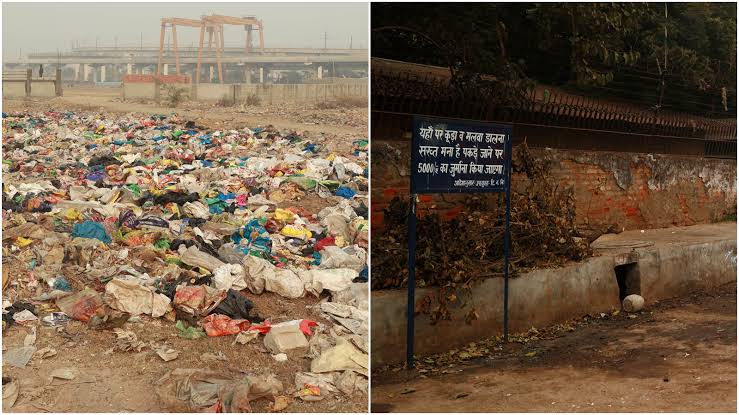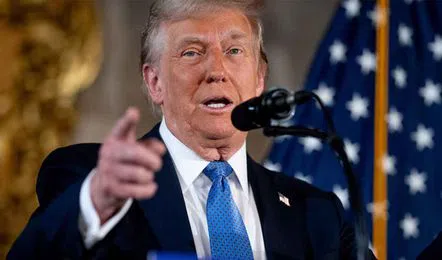
New Delhi, August 5, 2025 — Under the visionary leadership of Prime Minister Narendra Modi, India continues to make strong strides on the global economic front, registering robust GDP growth, infrastructure development, and record-breaking financial inclusion. As the world’s fastest-growing major economy, India recorded a 7.4% GDP growth in Q4 of FY2024–25, closing the fiscal year at a commendable 6.5% annual growth rate.
Despite global trade headwinds, inflationary pressures, and geopolitical tensions, India’s economy remains resilient. Agencies like the IMF and Moody’s have revised India’s economic outlook upward, projecting growth at 6.4%–6.5% for FY2025–26, driven by domestic consumption, government-led capex, and strategic policy reforms.
Transformative Governance and Reforms
Since taking office, PM Modi has introduced several flagship initiatives such as PM Gati Shakti, National Infrastructure Pipeline, Digital India, and Startup India, aimed at long-term structural transformation. These programs have created significant momentum in the infrastructure and startup ecosystem, with India now home to over 70,000 startups and 118 unicorns, and infrastructure spending reaching historic highs.
“India is not only building roads and ports; it is building the foundation of a self-reliant and future-ready economy,” said a senior finance ministry official.
Poverty Decline and Financial Inclusion
According to recent reports, extreme poverty in India has drastically fallen. Over 170 million people have exited poverty between 2011 and 2023. Government schemes such as Jan Dhan Yojana, Ayushman Bharat, and Ujjwala Yojana have expanded access to basic services, clean energy, healthcare, and banking.
Bank account penetration has reached over 71%, while rural electrification, sanitation, and housing initiatives have enhanced quality of life for millions.
Sectoral Performance and Trade
India’s services and construction sectors have led recent growth, while manufacturing under the Make in India and PLI schemes has shown mixed results. Although the share of manufacturing in GDP remains below targets (~15.9%), investments and production output in sectors like electronics and defence are rising.
The services sector PMI in July 2025 rose to an 11-month high, signalling strong demand and export resilience.
Addressing the Challenges Ahead
Despite the achievements, the government faces headwinds in addressing youth unemployment, boosting private investments, and ensuring inclusive job creation. Graduate unemployment remains a concern, and reforms in land, labor, and taxation are needed to unlock the next phase of growth.
Furthermore, trade tensions and geopolitical risks—such as global tariff concerns and foreign policy pressures—pose external challenges to India’s export and investment environment.
The Road Ahead
As India looks to touch the $5 trillion GDP milestone, the Modi government continues to stress the importance of “reform, perform, and transform.” The focus is now shifting toward stimulating consumption, implementing next-gen digital public infrastructure, and boosting skilled employment opportunities across emerging sectors.
India’s economic journey under PM Modi showcases a decade of transformation — from infrastructure to digital inclusion, from welfare delivery to global leadership. Yet, the upcoming years will be crucial in determining whether this momentum translates into sustainable, inclusive development for all.
New Delhi, August 5, 2025 — Under the visionary leadership of Prime Minister Narendra Modi, India continues to make strong strides on the global economic front, registering robust GDP growth, infrastructure development, and record-breaking financial inclusion. As the world’s fastest-growing major economy, India recorded a 7.4% GDP growth in Q4 of FY2024–25, closing the fiscal year at a commendable 6.5% annual growth rate.
Despite global trade headwinds, inflationary pressures, and geopolitical tensions, India’s economy remains resilient. Agencies like the IMF and Moody’s have revised India’s economic outlook upward, projecting growth at 6.4%–6.5% for FY2025–26, driven by domestic consumption, government-led capex, and strategic policy reforms.
Transformative Governance and Reforms
Since taking office, PM Modi has introduced several flagship initiatives such as PM Gati Shakti, National Infrastructure Pipeline, Digital India, and Startup India, aimed at long-term structural transformation. These programs have created significant momentum in the infrastructure and startup ecosystem, with India now home to over 70,000 startups and 118 unicorns, and infrastructure spending reaching historic highs.
“India is not only building roads and ports; it is building the foundation of a self-reliant and future-ready economy,” said a senior finance ministry official.
Poverty Decline and Financial Inclusion
According to recent reports, extreme poverty in India has drastically fallen. Over 170 million people have exited poverty between 2011 and 2023. Government schemes such as Jan Dhan Yojana, Ayushman Bharat, and Ujjwala Yojana have expanded access to basic services, clean energy, healthcare, and banking.
Bank account penetration has reached over 71%, while rural electrification, sanitation, and housing initiatives have enhanced quality of life for millions.
Sectoral Performance and Trade
India’s services and construction sectors have led recent growth, while manufacturing under the Make in India and PLI schemes has shown mixed results. Although the share of manufacturing in GDP remains below targets (~15.9%), investments and production output in sectors like electronics and defence are rising.
The services sector PMI in July 2025 rose to an 11-month high, signalling strong demand and export resilience.
Addressing the Challenges Ahead
Despite the achievements, the government faces headwinds in addressing youth unemployment, boosting private investments, and ensuring inclusive job creation. Graduate unemployment remains a concern, and reforms in land, labor, and taxation are needed to unlock the next phase of growth.
Furthermore, trade tensions and geopolitical risks—such as global tariff concerns and foreign policy pressures—pose external challenges to India’s export and investment environment.
The Road Ahead
As India looks to touch the $5 trillion GDP milestone, the Modi government continues to stress the importance of “reform, perform, and transform.” The focus is now shifting toward stimulating consumption, implementing next-gen digital public infrastructure, and boosting skilled employment opportunities across emerging sectors.
India’s economic journey under PM Modi showcases a decade of transformation — from infrastructure to digital inclusion, from welfare delivery to global leadership. Yet, the upcoming years will be crucial in determining whether this momentum translates into sustainable, inclusive development for all.


